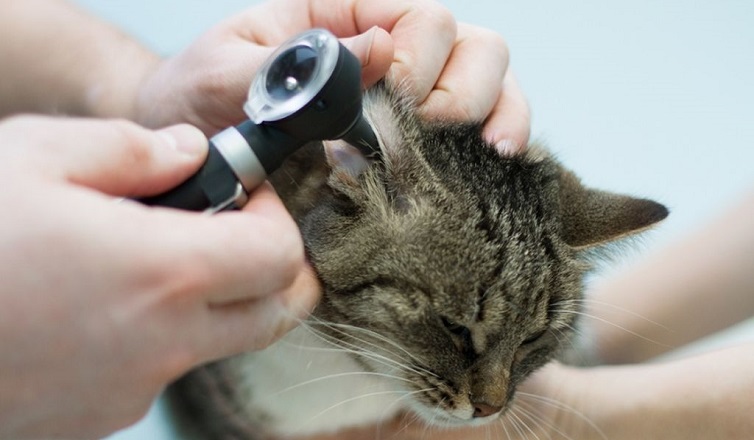
Top Signs of Feline Ear Infection
When it comes to ear infections, dogs are the usual suspects. Their floppy ears tend to trap water inside often causing fungus or gross infections which can be itchy and uncomfortable. Cats on the other hand do get them but it isn’t as common. Therefore, we bring you this article so you can spot a cat ear infection early and have it treated on time. As this is not commonly found in felines, most cat parents tend to worry about it. Furthermore, there could be many causes to it which worsens the situation further. Let’s dive right in then to understand how you can easily spot it.
Physical Signs of An Infection
Certain symptoms are less towards a physical indication and are more behavioral, so you’ll need to observe them closely and look for any signs of discomfort. That said, they are very smart when it comes to masking their feelings, so you ought to check their ears for any physical change. We recommend grooming them regularly. This way you are able to keep track and be able to notice any unusual signs on their body. Typically, cat’s ears should be pale pink and have minimal wax. Physical signs of infection however could include the following:
- Black or brown grainy textured discharge.
- Black, yellow or reddish-brown discharge.
- Redness in the ear canal or on their ear flap.
- Swelling on any part of the ear.
- Strong, foul odor from the ears.
- Excessive build-up of wax.
If you notice any of these warning signs, it is best to contact a vet immediately.
Behavioral Signs
Now that we have discussed the physical signs, let us now move to changes in their behavioral pattern. They include the following:
- Repeated pawing at the ear.
- Shaking their head.
- Persistently scratching their ear.
- Tilting their head towards the ear with an infection.
- May not react when being called.
- Appears disoriented or misbalanced.
- Unwillingness to have their ears touched.
Again, if you notice any of these changes, contact your vet immediately. Hear loss and balance issues are generally more complicated as this could signify further damage to the ear.
Ear Infection Causes
Given that it’s not a common illness found in felines, if they are repeatedly affected by infections, you might be wondering why it is happening. Generally, these stem from ear mites – tiny parasites that spread easily among cats. Secondary infections could also be a cause. This includes problems such as allergies, polyps, foreign objects or other more serious issues. Bacteria and fungi can also be causes for the same. Look out for a reliable supplier that would provide veterinary equipment in Dubai to treat the infection.
